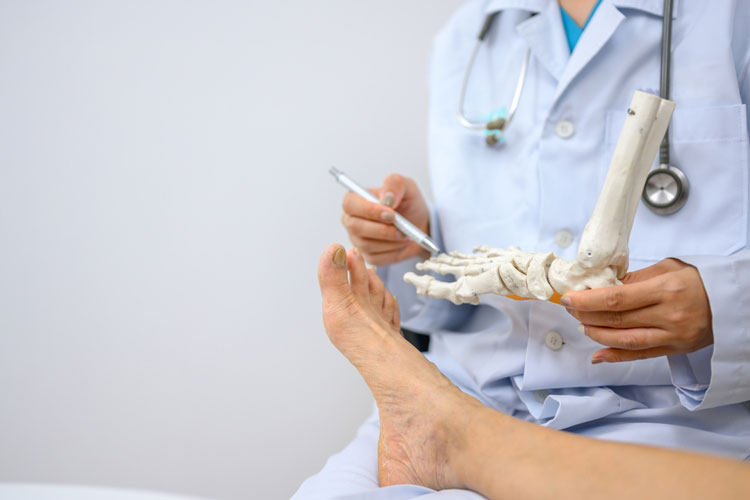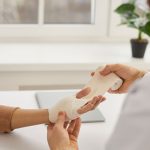Osteoporosis is often called a “silent disease” because bone loss occurs gradually and without warning symptoms, leaving bones fragile and prone to fractures. Unfortunately, most people only realize they have osteoporosis after suffering a fracture. But the truth is, detecting bone loss early could prevent these debilitating injuries.
When a person fractures a bone, especially after age 50, it’s essential to determine whether osteoporosis played a role. This is important because those with osteoporosis are much more likely to suffer additional fractures in the future. Addressing the issue early after the first fracture can significantly reduce the chances of recurring injuries.
Why Early Evaluation After a Fracture Matters
Fractures caused by osteoporosis can happen in the hip, spine, or wrist, and they are often overlooked as a sign of weakened bones. For those who experience a fracture, evaluating for osteoporosis immediately after the injury is crucial. This evaluation should include reviewing medical history, conducting bone mineral density tests, and assessing other risk factors such as lifestyle, family history, or hormone levels.
The key to preventing more fractures lies in this early assessment. The sooner osteoporosis is diagnosed and managed, the sooner steps can be taken to strengthen the bones and reduce the risk of future fractures.
Strengthening Bones After a Diagnosis
Once osteoporosis has been identified, taking measures to strengthen bones is critical. Education plays a vital role in this, as patients need to understand how to maintain bone health. Treatment options may include medications, hormone therapy, and lifestyle adjustments. A diet rich in calcium and vitamin D is essential, as is maintaining adequate protein intake. Limiting sodium and quitting smoking are additional lifestyle changes that can help strengthen bones.
Patients who are informed and supported by their healthcare providers are more likely to follow through with treatments and make necessary changes to protect their bone health.
Staying Active to Prevent Falls
One of the biggest fears for people with osteoporosis is the risk of falling and causing another fracture. However, avoiding physical activity isn’t the answer. In fact, regular exercise can help maintain bone density and reduce the risk of falls. Weight-bearing activities like walking or dancing, along with resistance exercises using weights, improve balance, flexibility, and strength—all of which lower the likelihood of falls.
It’s also important to assess factors like vision, hearing, and medications, as these can contribute to fall risk. Simple adjustments in the home environment, such as improving lighting and removing tripping hazards, can further reduce the chances of falling.
Taking Action Now to Prevent Future Fragile Bones and Fractures
If you’ve experienced a fracture, don’t wait for another one to take action. By working with healthcare providers and taking steps to strengthen your bones and prevent falls, you can significantly reduce your risk of future fractures and improve your quality of life.
For expert guidance and comprehensive bone health assessments, Beammed is here to support you in your journey toward stronger bones and a healthier future. Call Beammed at 800-769-6808












